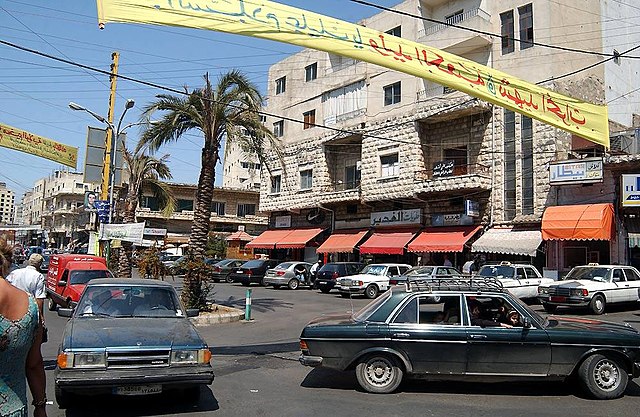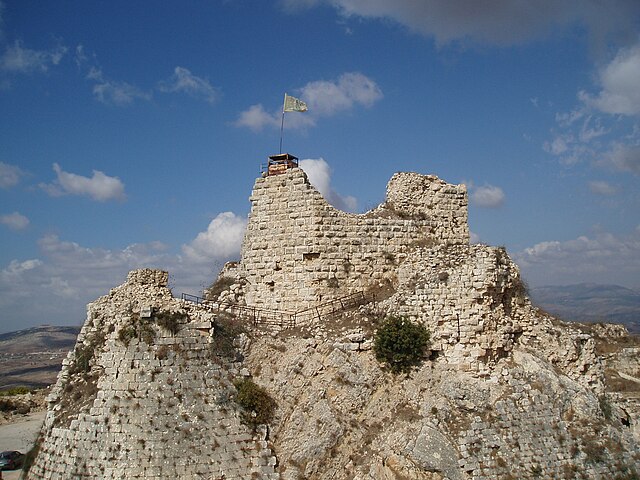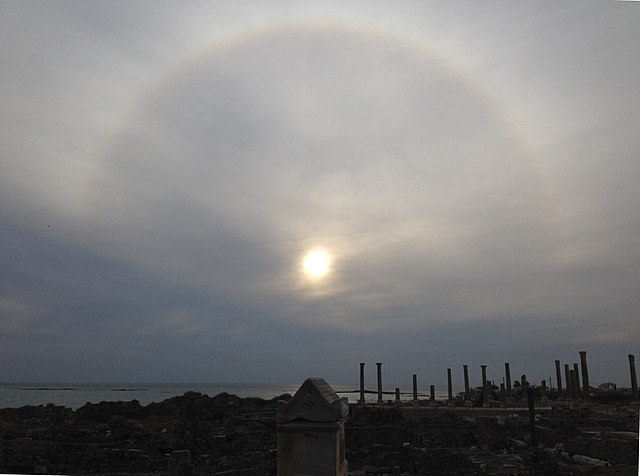Nabatieh, or Nabatîyé, is the city of the Nabatieh Governorate, in southern Lebanon. The population is not accurately known as no census has been taken in Lebanon since the 1930s; estimates range from 15,000 to 120,000. A 2006 population estimate by the now-closed German population site called World Gazetteer put the population at 100,541, which would make it the fifth largest city in Lebanon, according to the 2006 population estimates of Lebanese cities, but after an update in either 2007 or 2008 and calculations for the following years the 2013 population estimate turned out to be much lower at 36,593 and making the city the 11th largest in Lebanon behind Tyre, Bint Jbeil, Zahlé, Sidon, Baalbek, Jounieh, Tripoli and Beirut according to those 2013 estimates. It is the main city in the Jabal Amel area and the chief center for both the mohafazat, or governorate, and the kaza, or canton both also called Nabatieh. Nabatieh is an important town both economically and culturally.

Nabatieh, 2006
Beaufort Castle, a Crusader castle near Nabatieh.
Water pot, 30 inches high, made in Nabatieh circa 1960.
Tyre is a city in Lebanon, one of the oldest continually inhabited cities in the world, though in medieval times for some centuries by just a small population. It was one of the earliest Phoenician metropolises and the legendary birthplace of Europa, her brothers Cadmus and Phoenix, as well as Carthage's founder Dido (Elissa). The city has many ancient sites, including the Tyre Hippodrome, and was added as a whole to the list of UNESCO World Heritage Sites in 1984. The historian Ernest Renan noted that "One can call Tyre a city of ruins, built out of ruins".
Image: Submerged Egyptian Harbour Tyre Sour Lebanon Roman Deckert 04112019
Image: NASA International Space Station Tyre Sur Lebanon 01032003 ISS006 E 31938
Rocky islands off Tyre
A 22° halo over Al Mina site, 2019







